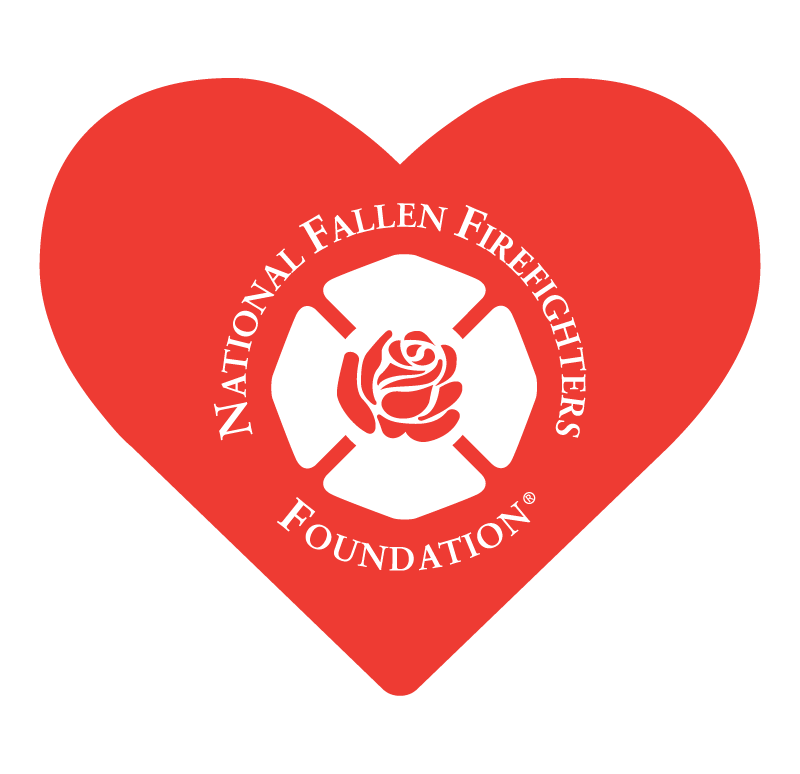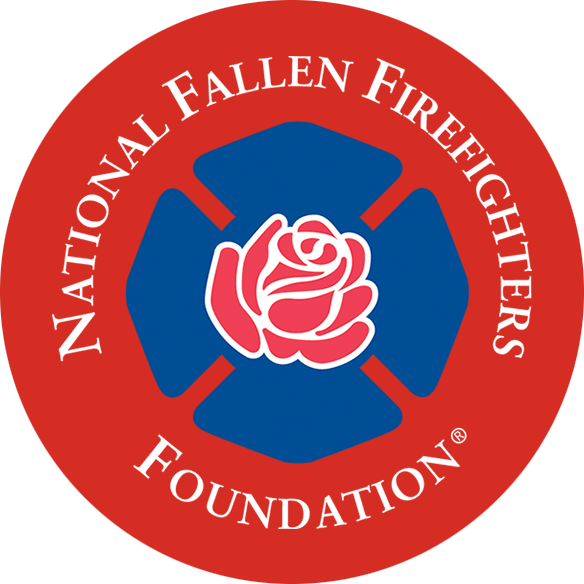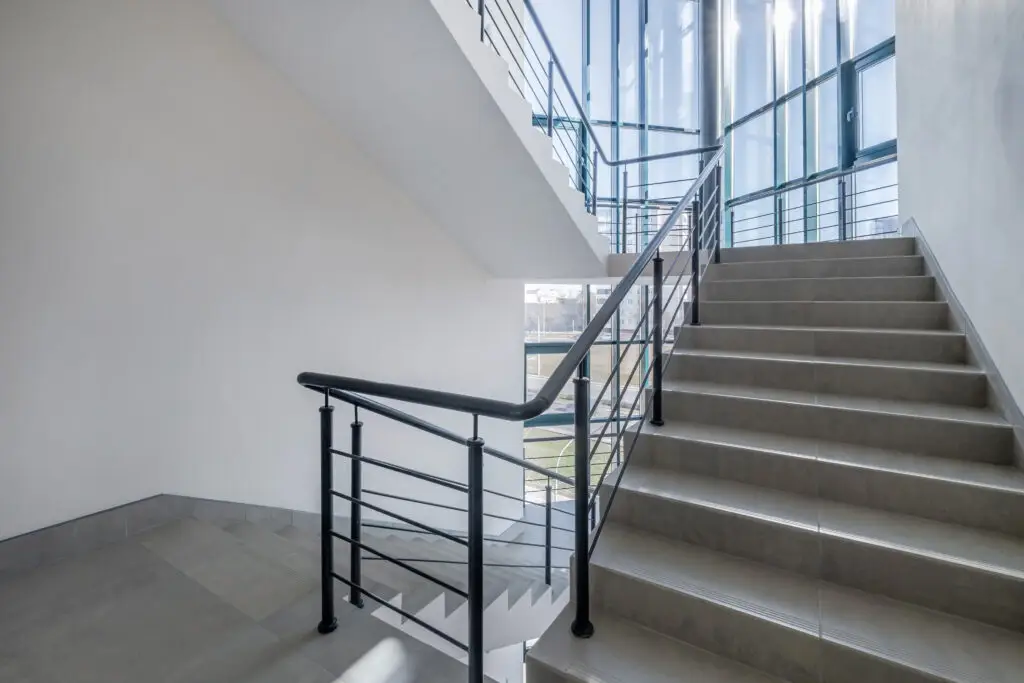The National Fallen Firefighters Foundation (NFFF) has joined other major fire service groups in opposing the efforts in some jurisdictions to reduce the number of required exit stairwells and permit a single means of egress in multifamily buildings up to six stories. Current model codes require at least two means of egress in residential occupancies above three stories. Several states have used—or are in the process of using—legislation to supersede the model safety codes, thus placing occupants and firefighters at greater risk of injury and death.
Allowing residential structures to be built with a single egress is contrary to decades of public safety tragedies. What’s more, in case of fire or other emergency, access to a single egress will result in increased risk to safe escape, both for residents/occupants of the building and for firefighters or other emergency personnel who are on the scene.
History is filled with examples of incidents where a single means of egress or a blocked egress resulted in trapped occupants—and loss of multiple lives.
- The Cleveland School fire in Camden, South Carolina killed 77 people (including many children) in 1923. There was only one narrow stairway in the building.
- The Natchez (Mississippi) Rhythm Club fire in 1940 with over 200 fatalities. It had only one exit, with inward-opening doors.
- The 1990 Happy Land Fire (Bronx, NY) killed 87 people after an arsonist set fire to the single entrance/exit stairway.
- The 2003 Station Night Club Fire (West Warwick, Rhode Island) killed 100 people, and injured dozens more. There was a second exit just off the stage, but security waved people away saying it was reserved for the band—so the crowd moved toward the only exit they had access to: the doors they had entered.
Message from NFFF: Codes and Standards Affect the Public and Those Who Protect Them
NFFF urges community leaders to remember that codes and standards are created through a consensus process by experts with thorough knowledge of the topics of fire and life safety.
“The practice of a jurisdiction opting out of a portion of a code is not just a matter of choice, it’s a decision that nullifies the whole process—and endangers the public and those who are responsible for responding to fires and other life safety hazards,” said Victor Stagnaro, NFFF’s CEO.
“Codes are created with multiple factors in mind as part of a larger system to protect the public. When legislators opt out of one portion of the code, it affects other systems in an occupancy and endangers everyone who works, lives, and otherwise occupies the affected building. This should raise concern about the potential risks.”
NFFF Stands with the Fire Service
The NFFF concurs with other fire service groups on these positions:
- A single means of egress places residents and firefighters in danger.
- Many fire departments lack the personnel and equipment required to combat these types of fires and to safely evacuate large numbers of people from elevated floors through a single means of egress.
- Operations on ground or aerial ladders are hazardous for trained firefighters. Removing occupants via ground or aerial devices places them at a greater risk of falls or being struck by debris from the fire scene, particularly individuals who may have mobility issues, disabilities, or other vulnerabilities.
- Providing emergency responders access to only a single entryway for emergency operations negatively impacts rescue and fire suppression efforts, especially if the single exit is obstructed by occupants attempting to evacuate the structure. This removes the responders’ ability to utilize one stairwell for occupant egress and establish suppression operations in the second stairwell.
- Many of these proposed multifamily dwellings serve our most vulnerable populations and place them at greater risk by degrading the standard of living and life safety.
- Nationally developed consensus model codes and standards are promulgated based on real data from past tragedies—including fire deaths, injuries, and large dollar losses. In addition, modern fire science and technologies are used to create layered protection in buildings, ensuring and enhancing safety. To comply with portions of the code and promote the elimination of other parts will have devastating consequences.






